
Hope for a huge, ancient and imperilled fish
First Nations are leading efforts to make sure lake sturgeon can find a home in...
Environment and climate issues have been far from centre stage in Manitoba election platforms in the lead-up to next week’s provincial election.
The leading parties costed platforms — released in the last days of the campaign period — outline the New Democrat and Progressive Conservative’s diverging visions for the future of Manitoba, complete with a fair share of jabs at each other’s governing records.
Scattered among the NDP’s campaign promises are a handful of climate policy commitments focused on cutting the cost of energy for Manitobans at a time of financial instability; the PC’s platform makes no mention of climate at all. Lukewarm promises are par for the course in a province which has tended to take a middle-of-the-road approach to climate challenges.
The province’s power grid is predominantly hydroelectric and generates little carbon pollution compared to other provinces. At the same time, the Prairie province has lagged behind others when it comes to cutting back emissions from agriculture, transportation and heating, has failed to add protected areas in line with federal targets and has refused to introduce ambitious climate targets.
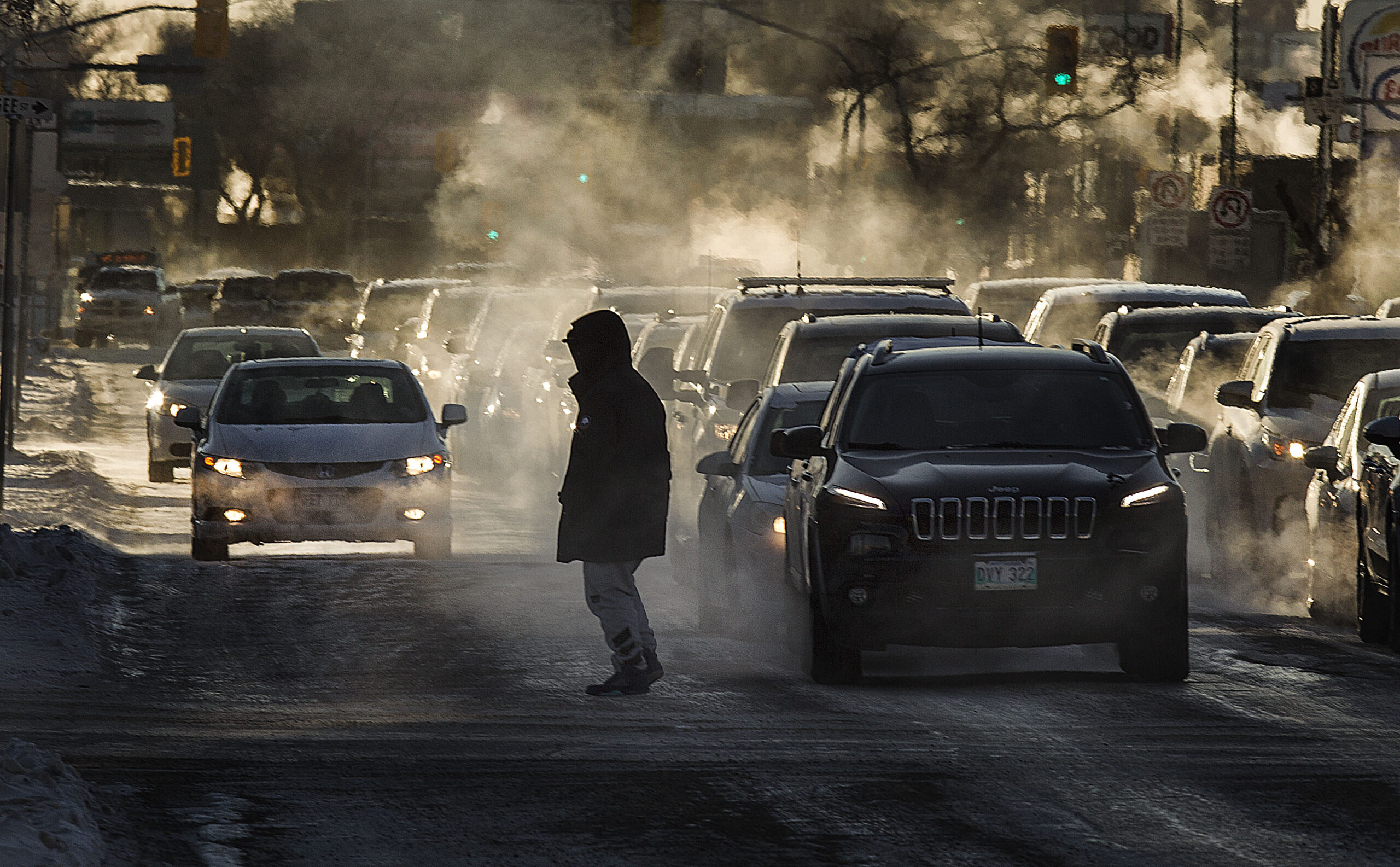
With the election just days away, that hesitancy hasn’t changed. Though Manitoba’s Liberal and Green parties — each vying to snatch a small handful of seats in the legislature — have introduced a host of policy commitments to change the way Manitoba tackles the climate crisis, the two leading parties have stuck close to the status quo. Wab Kinew’s NDP have made a handful of commitments to bring Manitoba in line with federal targets to reduce carbon pollution and grow protected areas, while Heather Stefanson’s Tories have hardly mentioned climate at all.
With voting day set for Oct. 3, here’s where the parties stand on nine of Manitoba’s most pressing climate issues.
Though all provinces pay a price for carbon emissions, Manitoba is one of four provinces subject to the federal backstop price on carbon pollution — currently set at $65 per tonne and rising year over year.
The Progressive Conservatives came out of the gates swinging from their first campaign announcement, promising to take the federal government back to court in an effort to eliminate the price on carbon pollution — since they lost the first time and have yet to suggest a new carbon-reduction plan. The promise is in line with the Tories’ larger platform promise to cut $900 million in taxes, but the carbon levies have been a salvo for the party, which blames the “NDP-Liberal” fees for rising consumer energy costs. Despite the lofty promises, carbon-pricing savings are not outlined in the party’s costed platform.
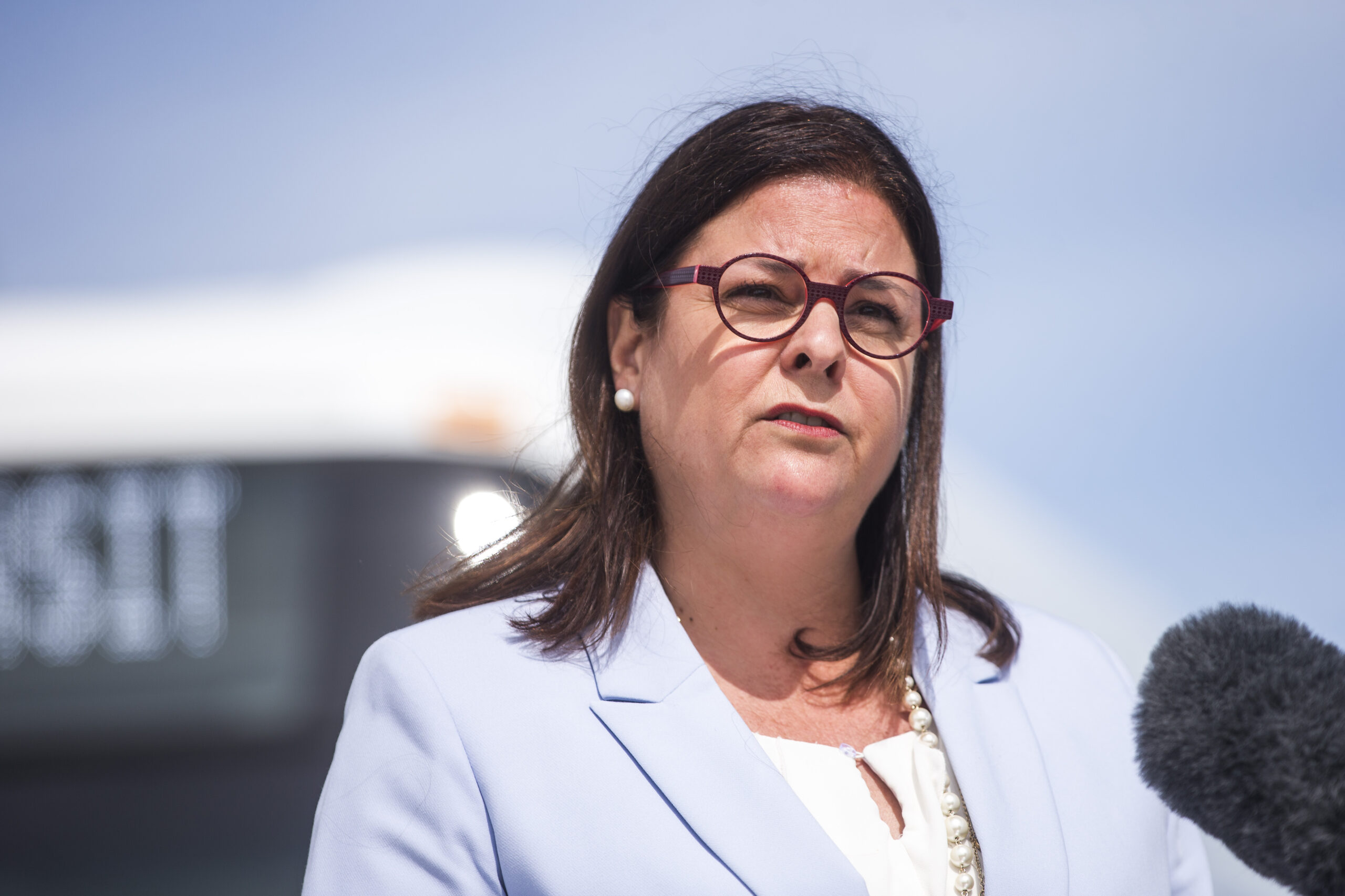
The New Democrats have said comparatively little about the levy on pollution. At a pre-campaign announcement in August, Kinew hinted his party would return to the negotiating table with the feds to “bring home a better deal,” but pledged a temporary Hydro rate freeze and provincial gas tax suspension to ease the costs on consumers in the meantime.
Canada has joined more than 70 countries in pledging net-zero emissions by 2050. That doesn’t mean all carbon fuel will have disappeared by then, but that a combination of reduced emissions and more carbon capture and sequestration options (natural solutions like forests, wetlands and peatlands, as well as technologies that scrub and store carbon emissions) will help limit warming trends.
Though Manitoba has a predominantly hydroelectric power grid and lower-than-average emissions per capita, it is one of just two provinces with rising emissions. Manitoba emits nearly 20 per cent more today than in 1990 and six per cent more than in 2005. Several local organizations have put forward road maps and suggestions for Manitoba to whittle away at its remaining sources of pollution — namely transportation, heating and agriculture — but little progress has been made thus far. Efficiency Manitoba, a Crown corporation with a mandate to reduce electricity and natural gas consumption by 1.5 per cent and 0.75 per cent each year respectively, has fallen short of its targets since 2020.
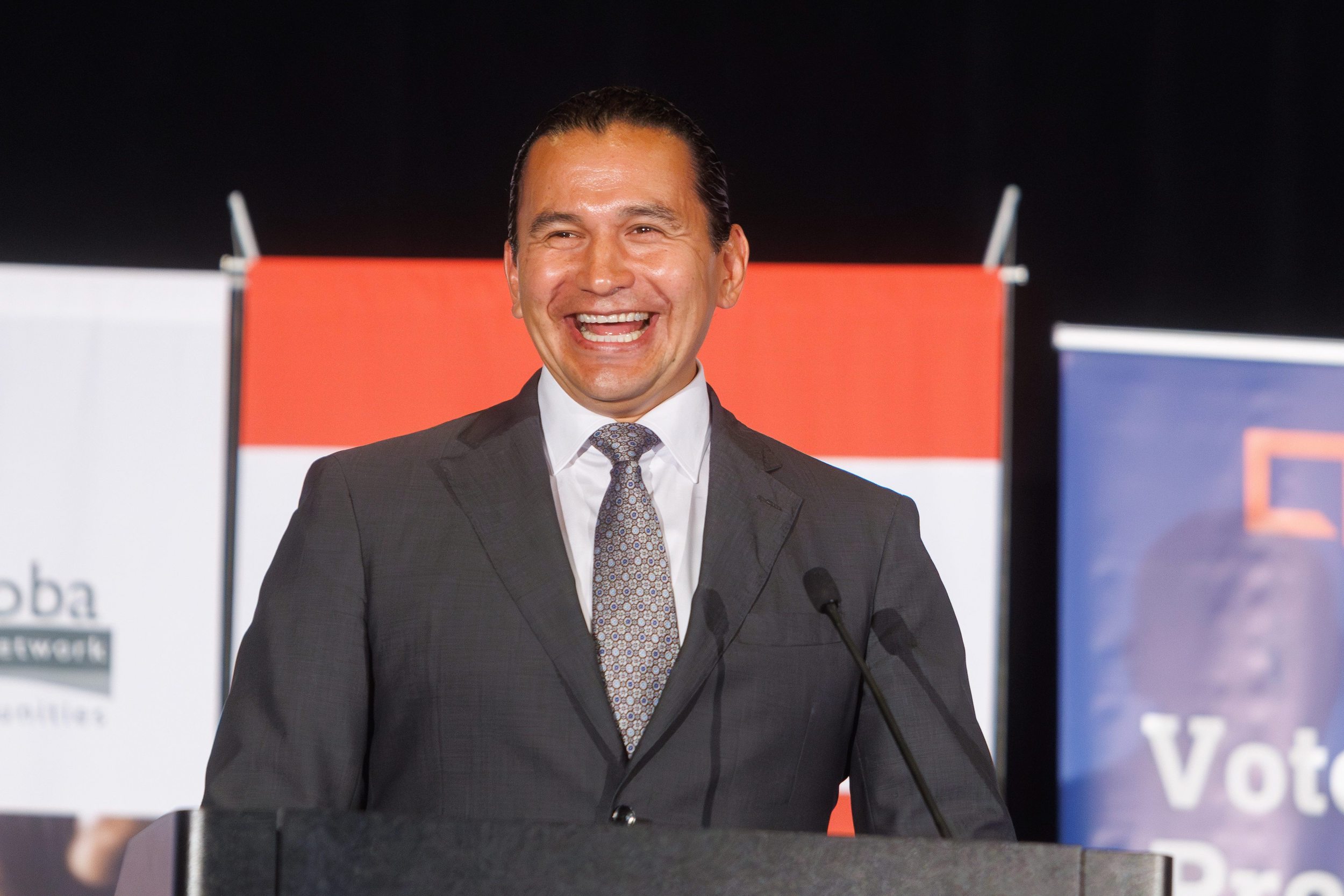
Manitoba’s New Democrats have committed to “work towards net-zero commitments” by 2050 and have promised a clean energy hub geared toward integrating hydrogen and hydroelectric power.
The Liberal Party, led by Dougald Lamont, has set an ambitious target of reaching carbon neutrality by 2034 through investments in new technologies, building solar and wind power generation capacity, increasing public transit usage and a focus on rewilding.
“By rewilding, we are referring to restoring ecosystems to their original state — restoring natural forests, grasslands, lakes rivers and wetlands — so we can pull carbon dioxide out of the atmosphere and lock it back in trees, plants and the soil,” the party wrote in response to an all-party survey from the Consider Climate Manitoba campaign.
Manitoba’s Tories have taken the opposite tack, blaming the “so-called net-zero target” for rising consumer energy costs. The party has, however, toed the line on energy strategy, with rookie MLA Kevin Klein promising, during rapid-fire questioning at a climate debate in late August, the Tories would commit to cutting 45 per cent of emissions by 2030 — an interim federal emissions-reduction target.
One of the most significant tensions Manitoba’s next government will face is the role mining will play in the economy. The province is rich in what are known as critical minerals — lauded as building blocks to a carbon-neutral economy — and they present an opportunity to strengthen Manitoba’s economy and rebuild a significant local industry. Mining in Manitoba generated about $480 million in gross domestic product in 2021 and directly employed 3,200 people, according to Statistics Canada. The province brought in $170 million in exploration investments in 2022, a record high for the province.
But extraction always comes at a cost. Tensions in the Springfield region over a proposed silica sand mine that threatens to negatively impact a vital aquifer have risen to the point of lawsuit threats and council referendums. Mineral exploration has ramped up in provincial parks, to the ire of environment advocates, cottagers and year-round park residents.

Manitoba election platforms from the PCs, NDP and Liberals have thus far indicated they would implement critical mineral strategies — in partnership with Indigenous communities — to grow the mining industry. Only Manitoba’s Green Party has proposed limits on mining, including a ban on uranium mining. The Liberal Party has stressed their version of a critical mineral strategy would prioritize environmental sustainability.
The Tories have been most vocal about the critical minerals opportunity, touting the pre-campaign mineral strategy released in July and setting ambitious targets to increase employment in the sector by 50 per cent and double exploration investments to $310 million by 2030. In a campaign announcement, the party criticized environmental initiatives like conservation targets, the Leap Manifesto — a national call to implement the United Nations Declaration on the Rights of Indigenous Peoples and transition to clean energy grids — and national energy transition plans, suggesting such initiatives would “leave wealth in the ground and deny opportunities for Indigenous communities.”
The PCs and the NDP, during August’s climate forum, both said no to a ban on peat mining.
As for positions on the Sio Silica sand mine proposal, which was referred to the provincial clean environment commission for review after residents raised concerns the untested extraction process could be detrimental to the region’s drinking water supply, both the NDP and Tories have stated they will allow the province’s advisory committee to decide how to proceed. The Liberal Party and the Green Party — whose leader Janine Gibson lives in Springfield and has vocally opposed the mine — have said they would stop Sio Silica’s proposed project.
While Manitoba’s hydroelectricity positions the province well to navigate an energy transition, progress toward a carbon-neutral economy will still change the job landscape.
In response to the Consider Climate survey, the New Democrats said the party will focus on creating jobs in renewable energy, starting with investments in Manitoba Hydro.
“These are good, stable jobs that support the development of clean energy in communities all across our province. Our plan will strengthen Manitoba Hydro and help grow it for the future,” the NDP wrote.
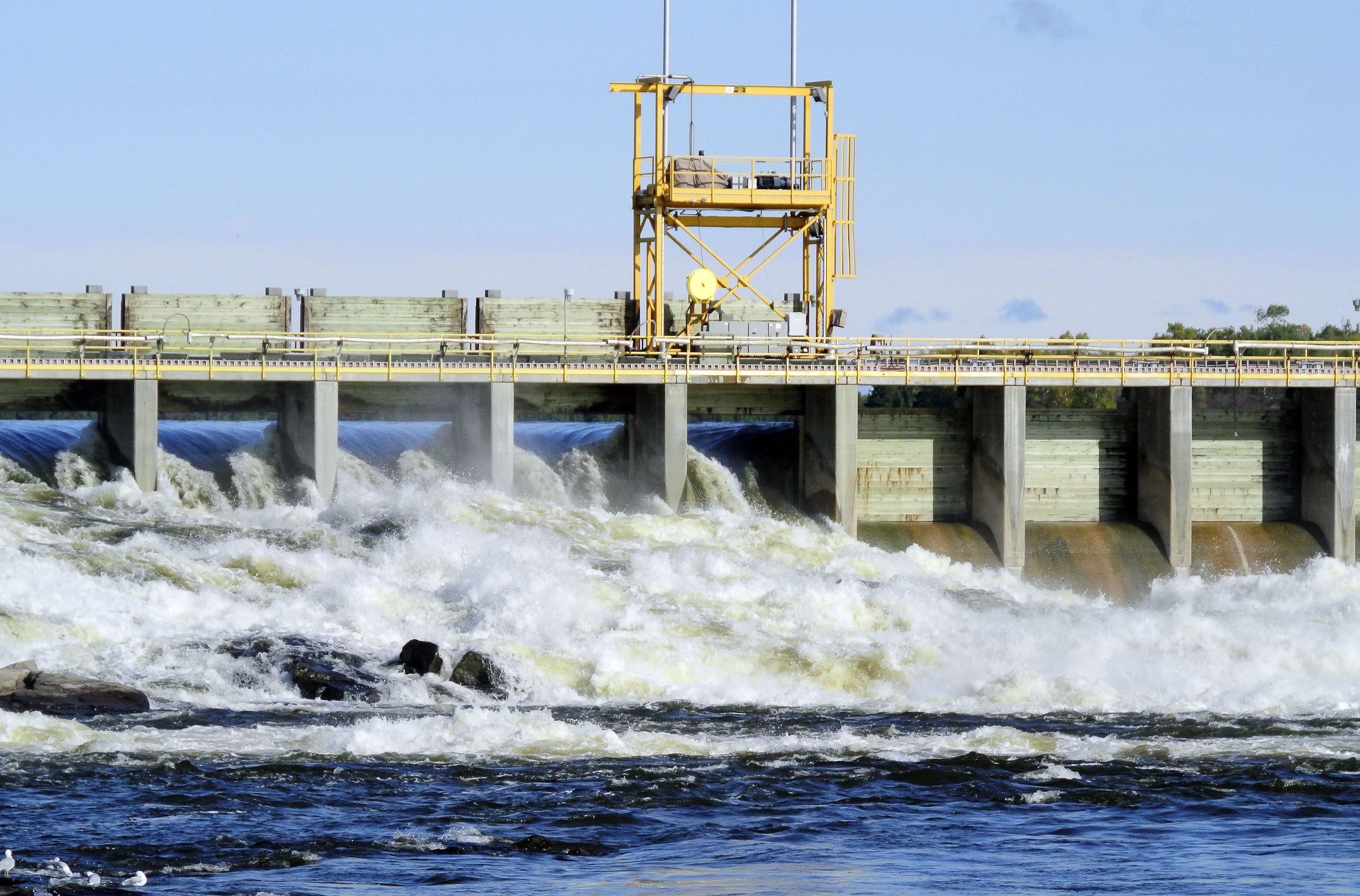
The party has also committed to investing in home energy retrofits as an opportunity to support “good jobs and social enterprises.” A recent campaign announcement promised to create 1,000 new clean energy jobs annually through a new program to install geothermal heating systems in 5,000 Manitoba homes.
Beyond job growth in the critical mineral sector, the Conservative Party has said it plans to “work with innovators” in the private sector to make Manitoba a “leader in Canada in the green economy.”
The Liberal Party plans to create new green jobs through their rewilding program, green fund and a new Manitoba Business Development Bank, mandated to provide capital investments to locally based businesses.
With vehicle emissions representing 31 per cent of Manitoba’s carbon pollution (second only to agriculture), electric transportation has been a standout talking point of the campaign. The Tories made several pre-campaign announcements touting investments in electric-vehicle charging infrastructure, while the NDP have campaigned on a pledge to offer rebates for the purchase of new and used electric cars.
The Tories have promised significant highway infrastructure investments and support for the trucking industry, promising a $15-million fund for aerodynamic retrofits on semi-trailers, which the party says will improve fuel efficiency.
But electric (or more efficient) vehicles won’t be a silver bullet to cutting carbon emissions.

“I’m not as keen on [electric vehicle] rebates … in a province where we have such deep poverty,” Lamont said during August’s climate debate.
The Liberal Party has focused on investments in public transit, promising to restore a 50-50 funding agreement for transit services in Winnipeg (which the Tories cut in 2017) and invest in transit infrastructure in rural communities.
The NDP stated they would lift Conservative government funding freezes to municipalities that have contributed to transit service cuts and work with cities to electrify transportation fleets — including through investments in local electric bus manufacturer New Flyer.
The Green Party has said it supports subsidized electric trains, free urban transit and the transition to electric cars.
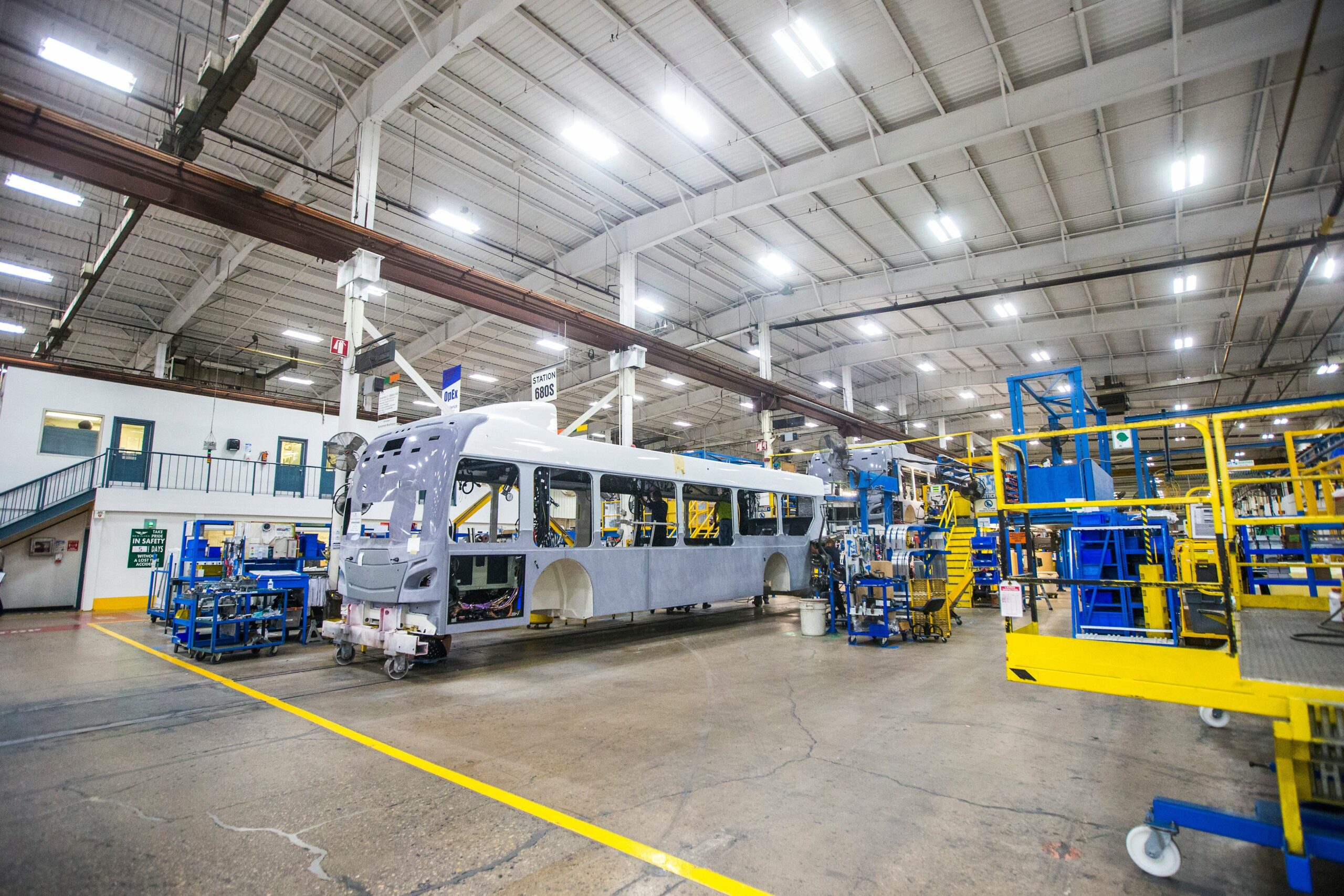
Manitoba’s PCs brushed off the idea of investing more in public transit during the climate forum, with Klein claiming municipalities are responsible for transit services and blaming the City of Winnipeg for a lack of green transportation initiatives.
All four parties agreed, during rapid-fire questions, to increase funding for active transportation infrastructure like bike paths.
One of Manitoba’s largest sources of pollution — and steep power bills — is the use of natural gas for heating, which accounts for 14 per cent of provincial emissions. Manitoba Hydro spent nearly $300 million in 2021-2022 to import natural gas from other jurisdictions, not including $114 million in federal carbon levies, and ended the year with an $8-million net loss in the natural gas segment.
The Tories have used heating costs to rail against the carbon levy, claiming “Manitobans will be unfairly penalized just for heating their homes” under the existing pricing scheme. (Levies on natural gas are expected to reach $150 million this year, according to the PCs.) To date, the Tories have not made any policy commitments geared at reducing natural gas consumption or emissions. The party’s pre-election energy policy framework instead suggested Manitoba would increase its reliance on natural gas — even as costs continue to rise.
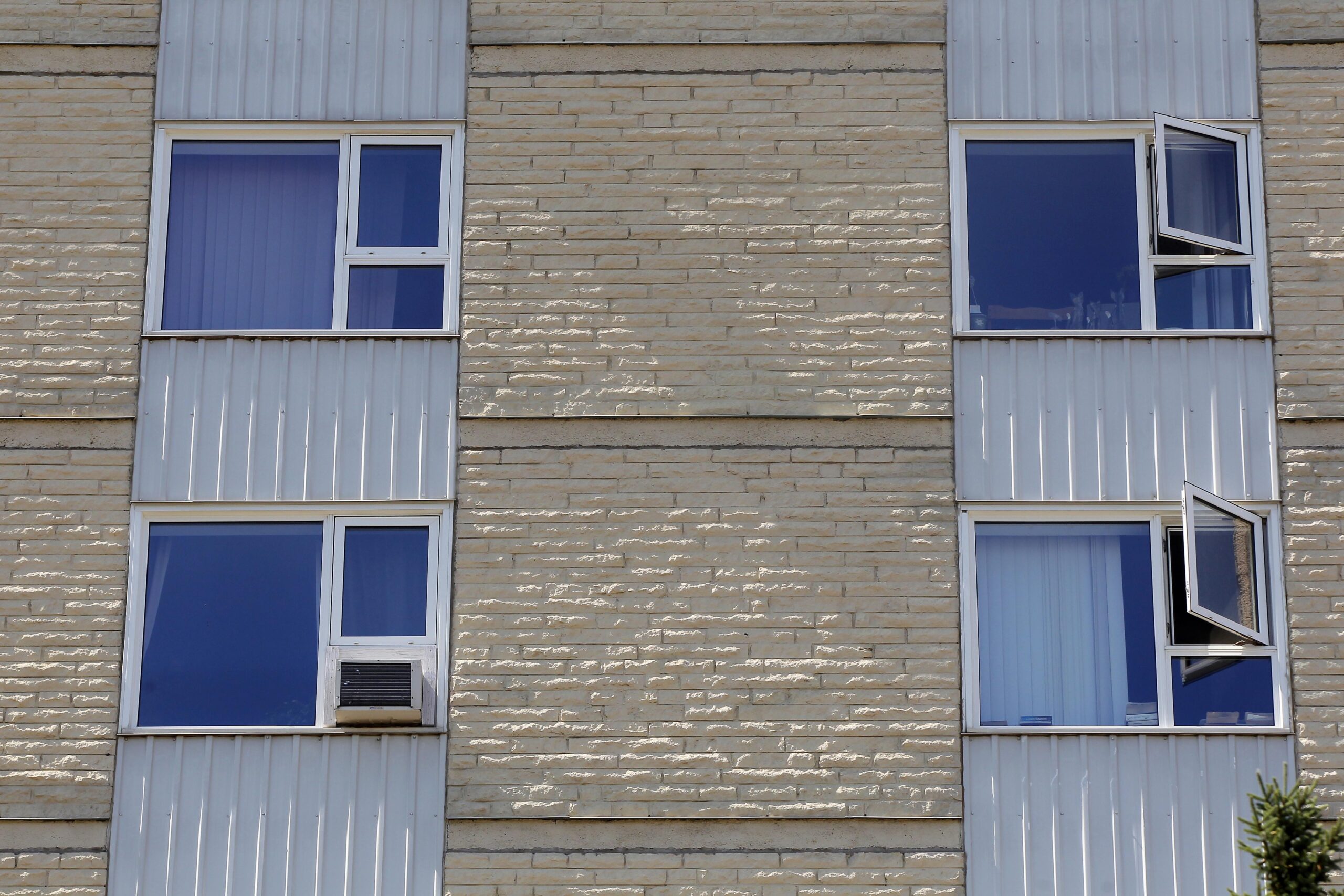
Other parties have promised programs to help Manitobans improve their home energy efficiency through increasingly popular heating technologies like geothermal loop systems and air-source heat pumps, which can produce energy bill savings of up to 60 and 30 per cent respectively and significantly reduce home energy consumption.
In late September, the NDP promised a new program to cover the cost of geothermal heating and cooling systems for 5,000 families. The program would be administered by Efficiency Manitoba (which currently offers rebate programs for home energy upgrades) and cost approximately $130 million over four years.
“At the end of the day, this is going to create a huge payback for the province,” MLA Adrien Sala said during the announcement.
The party plans to invest an additional $5 million to support training for geothermal installations, and expects to generate 1,000 new jobs in the sector.
In statements to Consider Climate Manitoba, the Liberal party promised funding for retrofits will be available through the party’s proposed $300-million green fund.
Both the NDP and Liberals have also committed to updating Manitoba’s building codes to more energy efficient standards. The Tories came under fire from critics in June after proposing to adopt the lowest tier of energy efficiency standards for new residential buildings.
Manitoba’s leading parties are split on how best to conserve the province’s natural landscapes and add more green spaces.
The New Democrats, Liberals and Greens have all agreed to join Canada in striving towards the United Nations target of conserving 30 per cent of lands and waters by 2030 in an effort to protect global biodiversity and reverse the trend of rapid species and habitat loss.
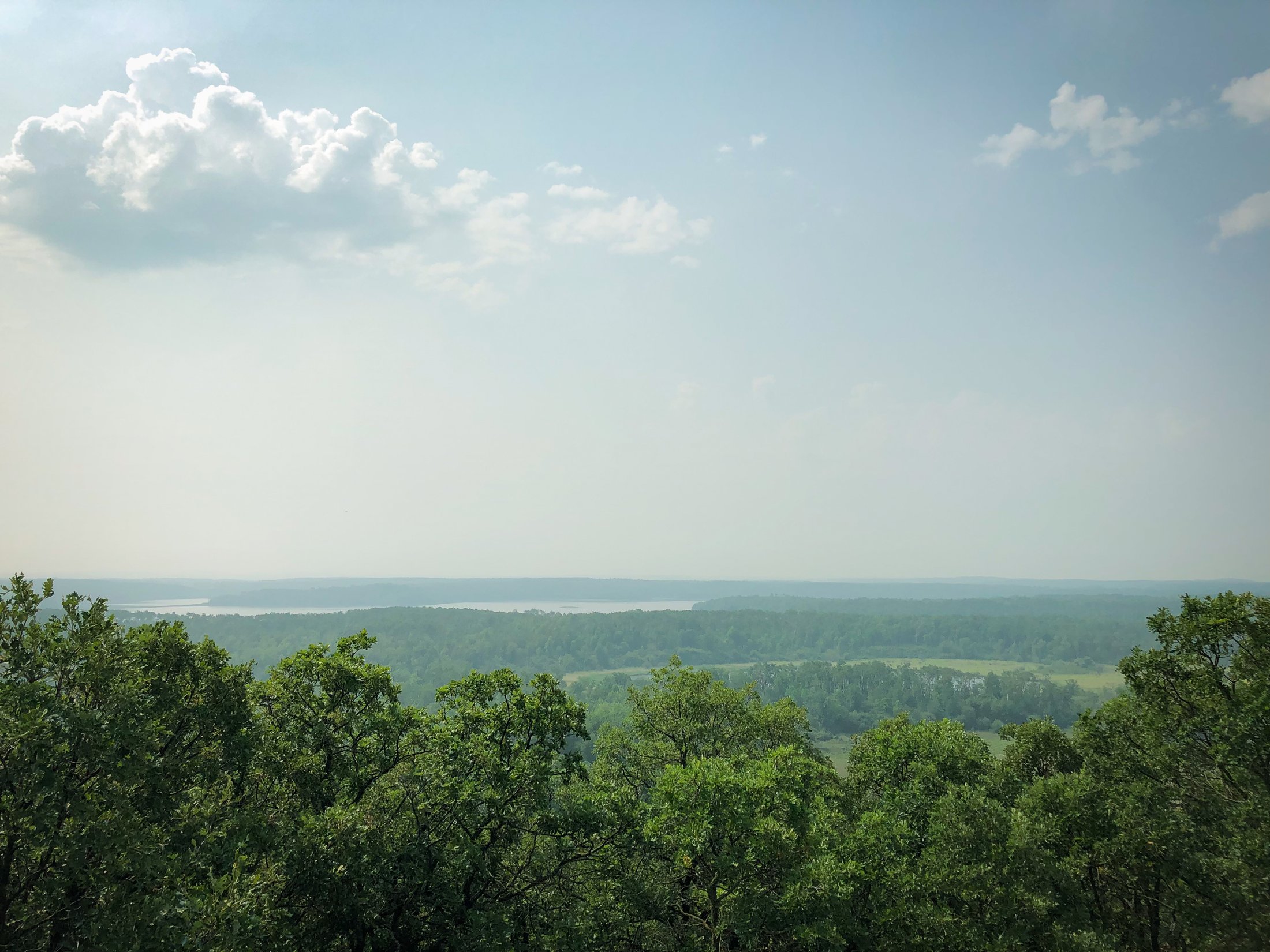
Manitoba’s Tories, however, have campaigned against the international targets, arguing such a conservation timeline would stand in the way of economic development. (A recent World Bank study found parks and protected areas can generate a six-fold return on investment.)
The PCs plan to move towards conservation at their own pace, acknowledging in a statement to the Manitoba chapter of the Canadian Parks and Wilderness Society that “more needs to be done to protect lands and improve the health of our waters.” But their pace has been glacial thus far, contributing just 400 square kilometres to the protected areas network over seven years — less than 0.1 per cent of the province’s land area.
In response to Canadian Parks and Wilderness Society survey questions, the NDP stated it is “committed to producing an action plan to protect Manitoba’s lands and waters,” including protecting peatlands, wetlands, forests and wildlife and, crucially, supporting Indigenous-led conservation initiatives.
There are currently eight Indigenous-led conservation efforts in the works across the province that have proposed to add a combined 117,000 square kilometres to the protected areas network — equivalent to nearly 20 per cent of the province by area.
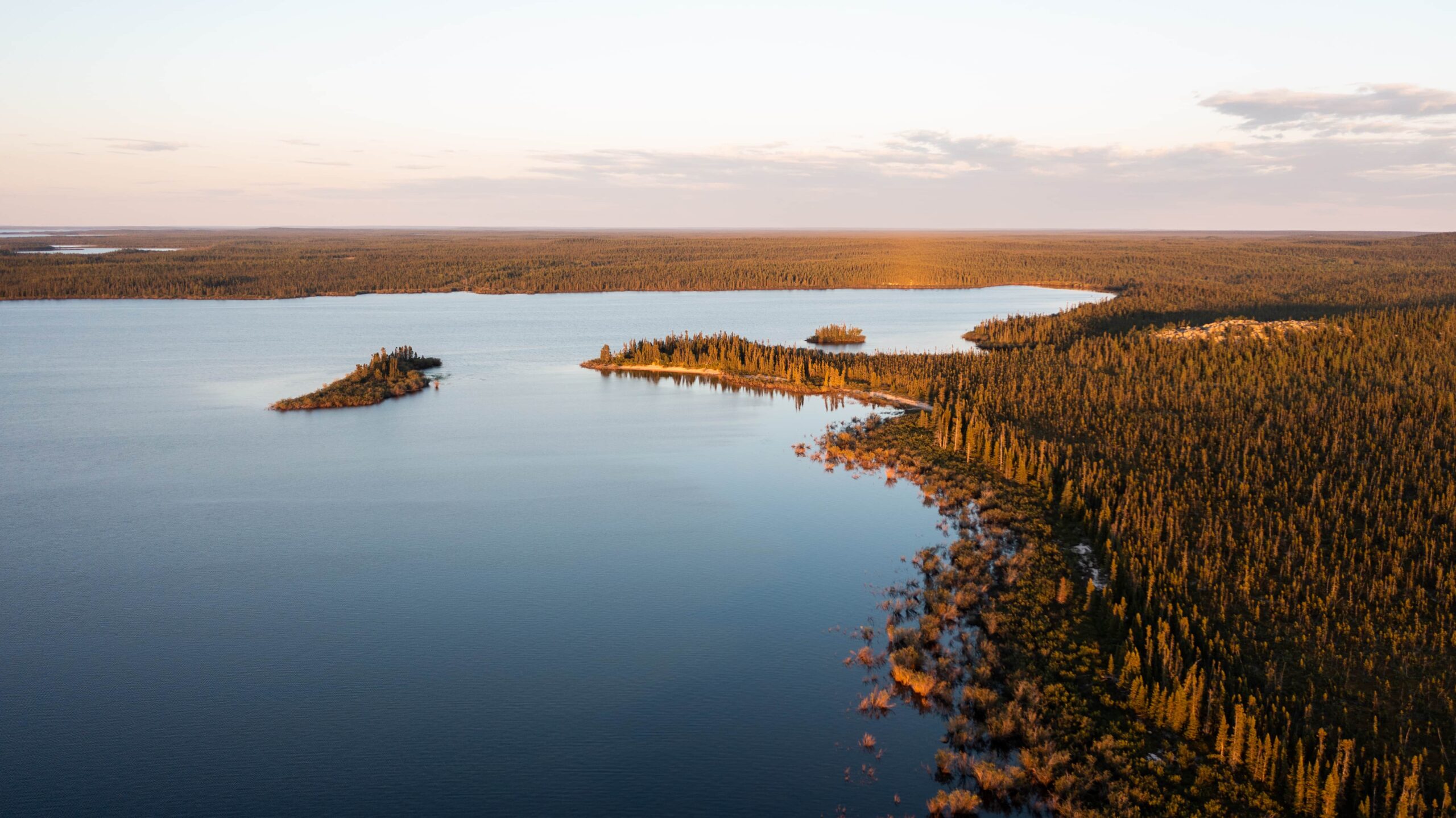
Manitoba’s Liberal party has campaigned on the promise to “rewild” Manitoba through wilderness corridors and the restoration of natural habitats such as forests, wetlands and grasslands — starting with the Red River Valley, the Red River Floodway and the Little Saskatchewan River.
The Green Party has made reforestation, the expansion of protected areas and the growth of green space in both urban and rural areas a foundation of their campaign, promising to protect 50 per cent of the province within the next five years.
All parties have committed to supporting efforts to plant trees and protect forests in Manitoba. The Tories’ 2023 budget promised to plant an additional one million trees each year, and among sweeping proposed tax cuts, pledged to eliminate the provincial sales tax from trees, flowers and seeds.
Manitoba’s much-loved Lake Winnipeg is the 10th largest freshwater lake in the world, home to 23,000 residents spread across 30 shoreline communities and supporting commercial fisheries, hydroelectric power generation, tourism and recreation. But its health has been devastated by pollution, predominantly caused by agricultural runoff and Winnipeg sewage discharge, prompting algal blooms that worsen invasive species infestations.

To address lake health, Manitoba’s NDP have pledged to “stop fighting” other levels of government and move forward with upgrades to the North End Water Pollution Control Centre, a Winnipeg water treatment facility that has pumped high levels of phosphorus into the lake for 20 years. The party has also promised to fund wastewater management in municipalities across the province as part of their efforts to “bring Lake Winnipeg back to health.”
On top of moving forward with Winnipeg water treatment facility upgrades, the Liberals have promised to restore $20 million in funding to the provincial water services board, responsible for rural water and sewage facilities, and to create “floating wetlands” around sewer outflows to capture carbon and other pollutants before they reach the lake. The Liberal Party aims to have improved lake health by 2033.
The Green Party has committed to strengthening regulations for agricultural producers in order to eliminate manure runoff in the Red River Basin.
The Tories have made few promises with respect to the health of the lake through the campaign period. A water strategy the party introduced in November 2022 outlines plans to protect and restore aquatic ecosystems, mitigate invasive species and build more resilient water infrastructure.
As Manitobans continue to experience the impacts of climate change first hand — from farmers navigating rapid drought and flood cycles, to Winnipeggers sweating under heat domes and Indigenous communities suffering traumatic displacement from wildfires and floods — the next four years will be critical in developing policy to help the province mitigate and adapt to a new reality.
Three of four parties have emphatically acknowledged the risks posed by climate change throughout the campaign thus far.
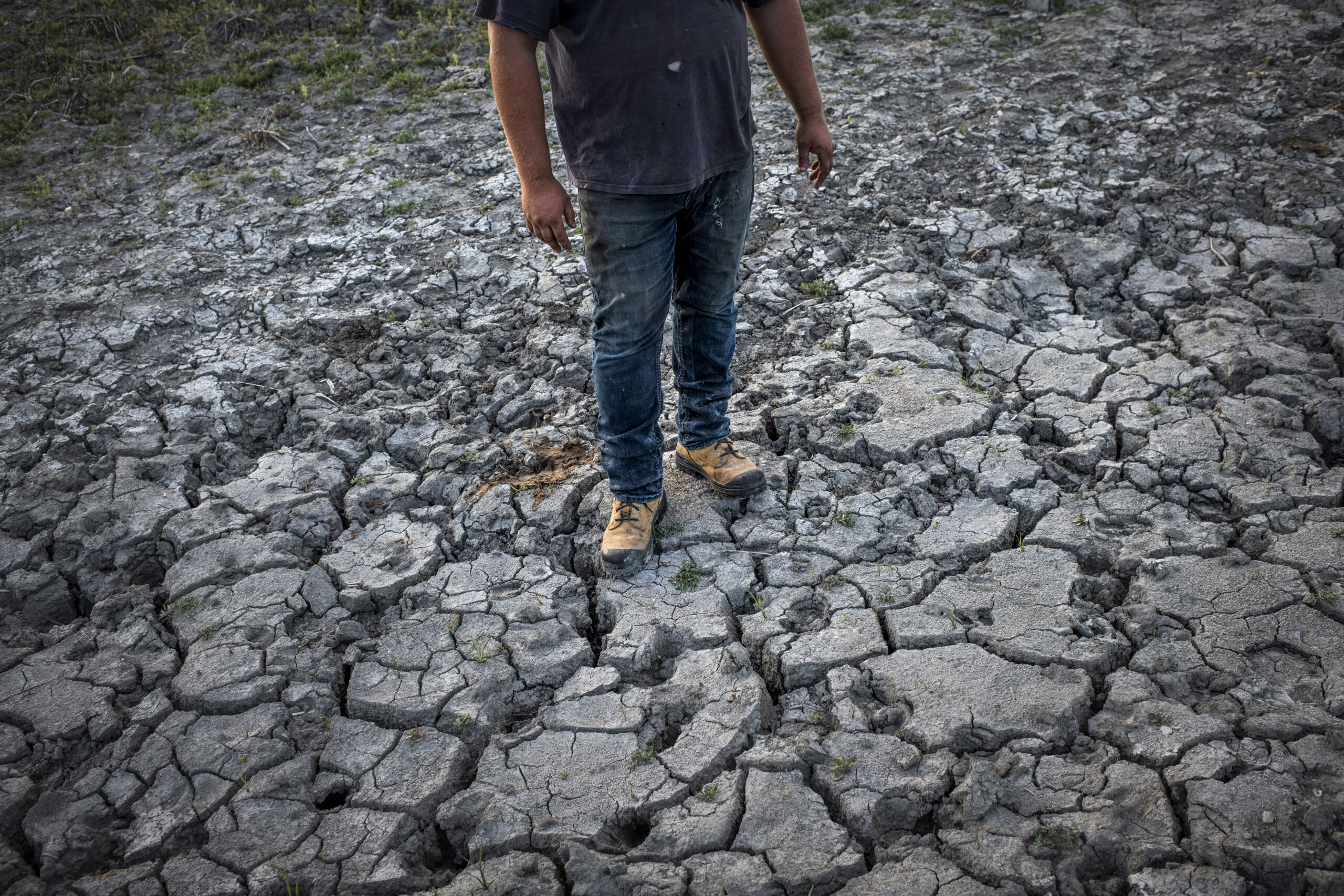
“Climate change is not just a threat on the horizon — it’s real and we see its impact every day,” the NDP wrote in a statement to Consider Climate Manitoba.
The Liberal Party has acknowledged the “climate crisis” is already generating “catastrophic losses” in Manitoba; the Manitoba Greens have declared a “climate emergency” urging rapid adaptation through agricultural transformation, emergency preparedness and job creation.
The NDP have pledged to invest in local communities to mitigate the impact of floods, fires and other weather, acknowledging such adaptation will take a “whole of government approach,” though the specifics of funding such adaptive efforts remain unclear.
The Liberal Party has campaigned on the promise of a $300-million annual green fund supported by federal carbon fees (the party hopes to negotiate with the feds to receive a share of levies to support emission-reduction efforts) as well as funds from Efficiency Manitoba and Manitoba Hydro. The green fund would be put towards programs to reduce emissions in the agricultural sector, home energy retrofits, wind and solar power generation and electric-vehicle infrastructure.
The Green Party has pledged a $50-per-tonne pollution price — set to increase by $10 annually in the following years. Revenues from this levy would support the climate and green plan as well as emission-reduction targets.
The PCs, by contrast, have scarcely mentioned climate change throughout their campaign. Neither Stefanson nor Kinew attended the climate-specific forum in August; the PCs have not responded to all-party survey questions from Consider Climate Manitoba, nor did the party respond to yes-or-no survey questions from Canadian Parks and Wilderness Society Manitoba (sending a general statement instead).
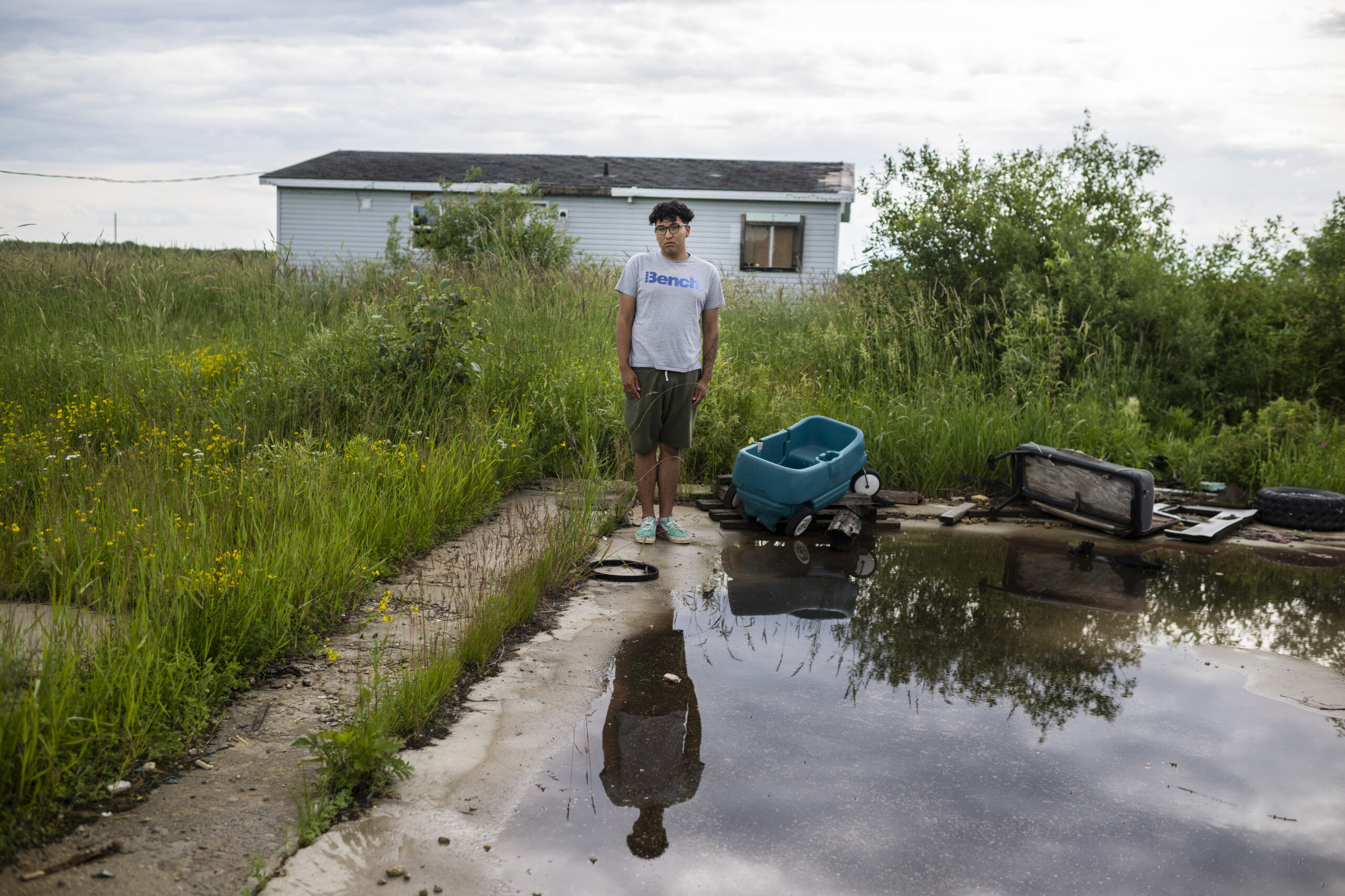
The Conservatives have stated, both during the climate forum and in a general statement to Canadian Parks and Wilderness Society, that the party “cares deeply about the environment,” but have not mentioned any specific plans to mitigate or adapt to the impacts of climate change. During August’s debate, Klein made a host of sweeping claims that the party’s “allegiance is unshakeable” on climate issues and that the PCs had already been achieving success. The PC’s climate principles, he added, were “not hollow catchphrases” but instead “guiding beacons” to provincial policy. Klein did not introduce any new climate policy commitments.
Of the party’s official campaign announcements, two have denounced climate action initiatives like conservation and carbon neutrality, but none have introduced climate policy plans.
Updated Sept. 27, 2023, at 3:21 p.m. CT: This article has been updated to correct a reference to the PCs being the only party to say no to a ban on peat mining during August’s climate forum. The NDP also did not support a ban on peat mining.
Updated Oct. 3, 2023, at 4:10 p.m. CT: This article has been updated to reflect the release of costed platforms.
Julia-Simone Rutgers is a reporter covering environmental issues in Manitoba. Her position is part of a partnership between The Narwhal and the Winnipeg Free Press.
Get the inside scoop on The Narwhal’s environment and climate reporting by signing up for our free newsletter. A $335 million funding commitment to fund...
Continue reading
First Nations are leading efforts to make sure lake sturgeon can find a home in...

We’re excited to share that an investigation by The Narwhal is a finalist for the...

A new documentary, Nechako: It Will Be a Big River Again, dives into how two...
